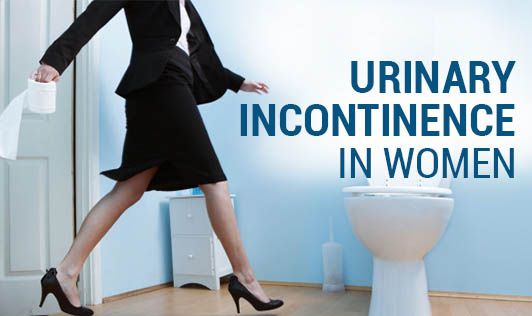Urinary incontinence in women
67 months ago

The involuntary leakage of urine from the bladder or urinary incontinence is a common problem mostly seen among women. Urinary incontinence is a serious concern for a significant number of women as it can disrupt normal life. For these women, seeking advice from an urologist would be appropriate.
What is the cause?
There are two main types of incontinence:
- The most common cause is stress. While coughing, sneezing, exercising, or laughing, the bladder sphincter loosens under pressure, letting out a small amount of urine. In severe cases, leakage may also occur while walking or getting up from a chair after sitting too long. Weakening of pelvic floor muscles is also common during pregnancy, after childbirth, or after menopause.
- The second type is when there is a strong urge to pass urine, which can rapidly become overwhelming, causing urine to be passed before reaching the restroom. It happens when contraction of the bladder muscles start early. This may be caused by urinary tract infection or may be related to issues such as dementia, stroke, spinal cord injury, or multiple sclerosis.
What can a person do to solve this issue?
Consult an urologist to know the cause and seek advice on the right kind of treatment/medication. The below tips may also help:
- To avoid constipation, eat plenty of fresh vegetables, fruits, and cereals. Constipation can weaken the pelvic floor muscles due to straining caused while emptying bowels.
- Drink at least six to eight glasses of liquid every day.
- Decrease diuretics like tea, coffee, cola, and alcohol and drink more water.
- Maintain a regular exercise regimen with pelvic floor exercises and kegels as part of the ritual.
- Wear clothes that are easy to manage while using the restroom.
- Talk to close friend or family member about the issue. It will help reduce the stress.
- Do not lift anything heavy.